Is Self-drilling Anchor Bolt Installation Tough?
Time:2024-12-22From:sinorock View:
Introduction
Self-drilling anchor bolts are a staple in geotechnical engineering, used extensively in tunneling, slope stabilization, and other applications where ground support is needed. The self-drilling anchor bolt system has garnered significant attention for its efficiency, ease of installation, and ability to operate in challenging conditions. One common question that arises is: Is self-drilling anchor bolt installation tough?
In this article, we will delve into the components of the self-drilling anchor bolt system, walk through its installation process, and explore its diverse applications. By the end, you'll have a comprehensive understanding of why this installation process is considered relatively straightforward, even in complex or unstable ground conditions.
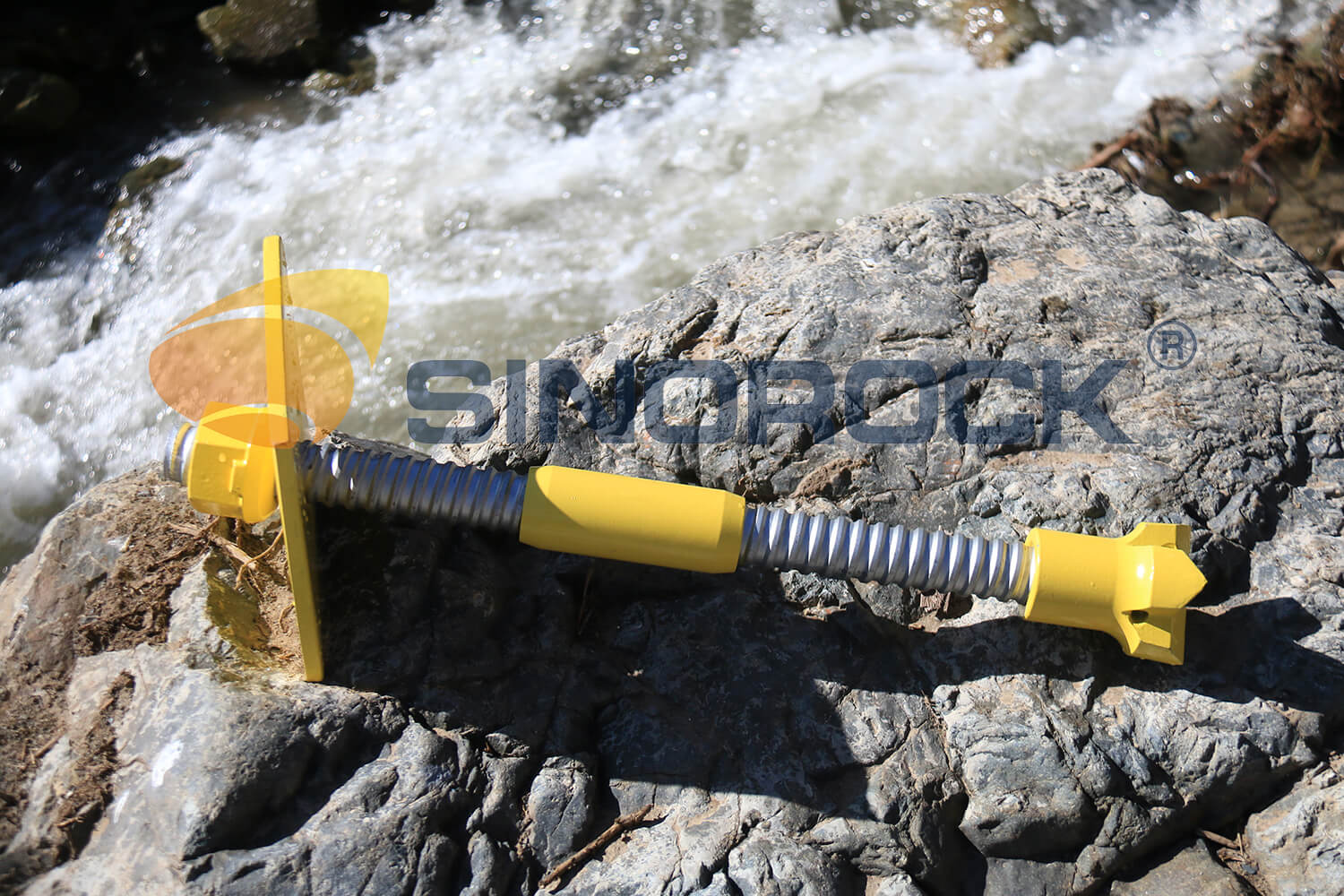
What is a Self-Drilling Anchor Bolt System?
Before we discuss the installation process, it's important to understand what makes up the self-drilling anchor bolt system. This system combines the functions of drilling and anchoring in one seamless process, offering a significant advantage over traditional anchoring methods. Here's a breakdown of its main components:
1. Hollow Bar
The hollow bar serves as the core component of the self-drilling anchor bolt system. Typically made of high-strength steel, the hollow bar ensures that the system can withstand high ultimate and yield loads, making it suitable for a wide range of applications. The outer diameter of the hollow bar can range from 25mm to 200mm, depending on the required specifications.
The surface threads of the hollow bar are rolled to meet international ISO standards, ensuring compatibility with standard drilling rigs. These threads are essential for connecting the hollow bar to other system components, such as couplers and nuts.
2. Drill Bit
The drill bit is essential for cutting through the rock or soil to create a hole into which the anchor will be placed. The drill bit must be carefully selected based on the ground conditions, as different materials require different drill bits for optimal performance.
For instance, in rocks with high compressive strength, such as those with a Uniaxial Compressive Strength (UCS) greater than 10 MPa, a larger drill bit with a diameter of 42mm to 76mm is typically used. The drill depth also varies depending on the project requirements, ranging from 12m to 15m in many cases.
Below is a datasheet for selecting the proper drill bit size based on the RQD (Rock Quality Designation) and UCS of the rock. The chart provides a guideline to help determine the optimal drill bit diameter and drilling depth:
| RQD of Current Rock | UCS of Current Rock | Outer Diameter | DrillingDepth |
| (Mpa) | (mm) | (m) | |
| 100% | <10 | 42 | 15 |
| 51 | 12 | ||
| 76 | 12 | ||
| 90 | 12 | ||
| 75% | <12 | 42 | 15 |
| 51 | 12 | ||
| 76 | 12 | ||
| 90 | 12 | ||
| 50% | <12.5 | 42 | 15 |
| 51 | 12 | ||
| 76 | 12 | ||
| 90 | 12 | ||
| 30% | <10 | 42 | 15 |
| 51 | 12 | ||
| 76 | 12 | ||
| 90 | 12 |
The selection of the appropriate drill bit depends heavily on the rock’s strength and the Rock Quality Designation (RQD). This datasheet serves as a guide for engineers and contractors to ensure the right bit size and drilling depth for efficient and effective installation.
The drill bit can be made from various materials and coatings to resist wear and corrosion, ensuring durability over time. For additional protection, the entire self-drilling anchor bolt system (including the hollow bar and drill bit) can be coated with epoxy or hot-dip galvanized for enhanced corrosion resistance.
3. Coupler
The coupler is a connecting piece that extends the hollow bar. It allows the anchor bolt to be lengthened as needed, providing flexibility for different project depths or conditions. The coupler is designed to fit tightly with the hollow bar, ensuring a secure and reliable connection.
4. Plate, Nut, and Centralizer
The plate and nut are used to secure the self-drilling anchor bolt in place once it has been installed. The plate distributes the load across a larger surface area, while the nut holds the entire system securely.
The centralizer is a small but essential component that helps maintain the proper alignment of the hollow bar within the drilled hole, ensuring the anchoring system functions effectively.
How to Install the Self-Drilling Anchor Bolt?
Now that we have an understanding of the system's components, let's explore the installation process. The installation of self-drilling anchor bolts is considered to be much simpler compared to traditional anchoring methods. This is because the system allows for drilling, grouting, and anchoring to be completed in a single, continuous operation. Below is a step-by-step overview of the self-drilling anchor bolt installation process.
1. Drilling the Hole
The first step in the installation of a self-drilling anchor bolt is drilling the hole into the rock or soil. A specialized drill rig is used to rotate the hollow bar, effectively creating a hole while simultaneously cutting through the material. Since the hollow bar serves as both a drill rod and anchor, it eliminates the need for separate drilling rods and anchor rods, as required in traditional methods.
The drilling depth and diameter depend on the specific requirements of the project and the ground conditions. The ability to drill and anchor in a single operation makes self-drilling anchor bolts ideal for complex or unstable ground conditions.
2. Inserting the Hollow Bar
Once the hole is drilled, the hollow bar is inserted into the drilled hole. The process is relatively straightforward compared to traditional anchor bolts, which require the insertion of separate rods after drilling. With self-drilling anchor bolts, the system is ready to move on to the next step almost immediately.
3. Grouting and Anchoring
The self-drilling anchor bolt system allows for grouting and anchoring to occur simultaneously. Grouting involves injecting a cementitious material or resin grout into the hole around the hollow bar. The grout fills any voids and hardens to create a solid bond between the anchor and the surrounding ground.
Since the hollow bar is already in place, the grout is injected through the hollow bar itself, which also serves as the conduit for the grout. This eliminates the need for a separate grouting tube, saving both time and labor costs.
4. Securing the Anchor
After the grout has set and the anchor is securely in place, a plate and nut are added to the exposed end of the hollow bar. The nut is tightened, and the plate is placed against the surface to distribute the load evenly. The centralizer ensures that the hollow bar remains in the correct position throughout the grouting process.
Advantages of Self-Drilling Anchor Bolt Installation
The self-drilling anchor bolt system offers numerous advantages over traditional anchoring systems, making it a popular choice in modern construction and geotechnical engineering.
1. Time and Cost Efficiency
One of the most significant advantages of self-drilling anchor bolts is their time and cost efficiency. Traditional anchoring methods often require separate drilling, insertion of the anchor rod, and grouting. This multi-step process can be time-consuming and prone to delays, especially in unstable ground conditions.
Self-drilling anchor bolts simplify this process by combining drilling, grouting, and anchoring into a single step. This not only speeds up the installation process but also reduces labor and material costs.
2. Suitability for Unstable Ground
Self-drilling anchor bolts are especially well-suited for unstable ground conditions, such as loose soil, fractured rock, or areas prone to collapse. The ability to drill and grout in a single operation prevents the hole from collapsing, which is a common issue in traditional anchoring methods.
Moreover, the hollow bar provides a stable platform for both drilling and anchoring, ensuring that the anchor remains secure even in difficult conditions.
3. Increased Safety
Since the installation process is streamlined, the overall safety risks are reduced. With fewer steps involved, there is less chance for error, and the project can proceed more smoothly. Additionally, the self-drilling anchor bolt system reduces the need for workers to enter hazardous zones during installation, further enhancing safety.
4. Versatility
Self-drilling anchor bolts can be used in a variety of applications, including slope stabilization, tunnel support, and micropiles for deep foundation work. Their versatility makes them an attractive option for a wide range of construction projects, from mining and tunneling to large-scale infrastructure projects.
Applications of Self-Drilling Anchor Bolts
Self-drilling anchor bolts are used in a wide variety of applications, including:
• Slope Stabilization: In areas prone to landslides or erosion, self-drilling anchor bolts are used to stabilize slopes by securing the soil or rock mass.
• Tunneling and Underground Construction: These systems are ideal for tunnel support, helping to stabilize the tunnel face and surrounding rock.
• Micropiles: For foundation support in weak or variable soils, these rock bolts are used as micropiles to provide deep foundation solutions.
• Geotechnical Drilling: In projects where deep drilling and anchoring are required, self drilling anchor bolts offer a cost-effective and efficient solution.
.jpg)
Conclusion: Is Self-Drilling Anchor Bolt Installation Tough?
No, self-drilling anchor bolt installation is not tough — in fact, it is one of the most straightforward methods for securing ground in challenging geotechnical conditions. The system's integrated design simplifies the installation process, saving time, reducing costs, and improving safety. Whether in unstable soils or deep rock formations, self-drilling anchor bolts provide a reliable and efficient solution to ground stabilization needs.
By selecting the right drill bit and carefully following the installation steps, engineers and contractors can ensure a smooth, successful installation every time.
latest news
-
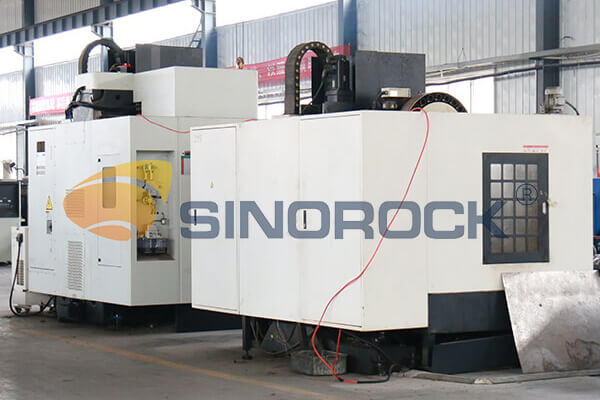
- 3 Crucial Factors That Impact the Quality of Self-Drilling Hollow Bolts
- Time:2025-01-26From:This Site
- As we all know, the quality of the self-drilling hollow bolts is vital to the whole project. It determines if the project is safe for the people in future use. Then, what will affect the quality of the self-drilling hollow bolts?
- View details
-

- Self-Drilling Anchor Bolt Construction in Complex Geological Slope
- Time:2025-01-24From:This Site
- During construction, Self-drilling hollow anchor bolt integrates drilling, grouting and anchoring functions, which significantly improves drilling efficiency. And under the action of pressure pump, the grouting in the rock strata and voids is full, which ensures the grouting thickness and anchoring effect.
- View details
-
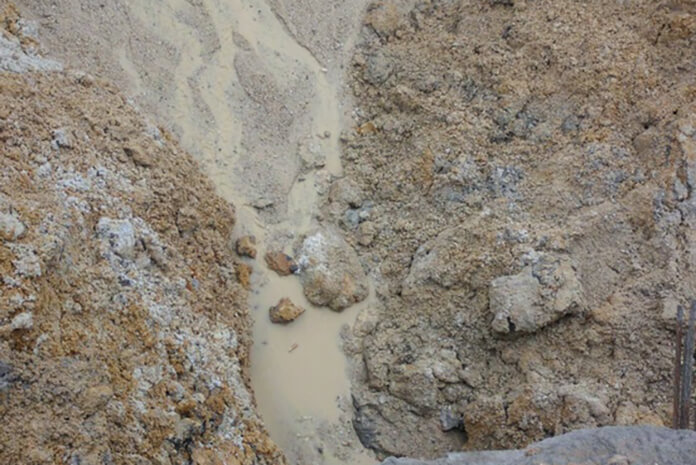
- How Does Self-drilling Rock Bolt Drill in Quicksand Geological Condition?
- Time:2025-01-19From:This Site
- This in-depth guide explores how self-drilling rock bolts function in quicksand geological conditions, covering the challenges, construction methods, and best practices for ensuring effective anchorage in unstable, fluidic soil layers.
- View details
-
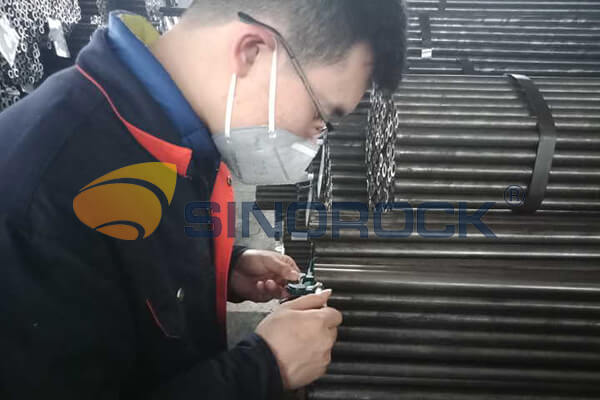
- Quality Control: the Vital Factor of A SDA Bolt Factory
- Time:2025-01-09From:This Site
- Sinorock’s comprehensive quality control system, from supplier management to outgoing inspections, ensuring the highest standards for self-drilling anchor bolts in construction.
- View details
-
.png)
- International Women's Day with Strawberry-picking
- Time:2024-03-09From:This Site
- Marked the annual observance of International Women's Day, and to commemorate this significant event, Sinorock organized a special strawberry-picking event exclusively for its female employees.
- View details
-

- Celebrate the 74th anniversary of the founding of the People's Republic of China
- Time:2023-10-01From:This Site
- On October 1st every year, we observe the annual National Day, commemorating the birth of our beloved motherland.
- View details
-
.jpg)
- SINOROCK to Attend EXPOMINA PERÚ 2024 in Lima, Peru
- Time:2024-08-10From:This Site
- Sinorock to Attend EXPOMINA PERÚ 2024 in Lima, Peru
- View details
-
.jpg)
- SINOROCK to Participate in MINING AND METALS CENTRAL ASIA 2024
- Time:2024-08-08From:This Site
- SINOROCK to Participate in MINING AND METALS CENTRAL ASIA 2024
- View details
-
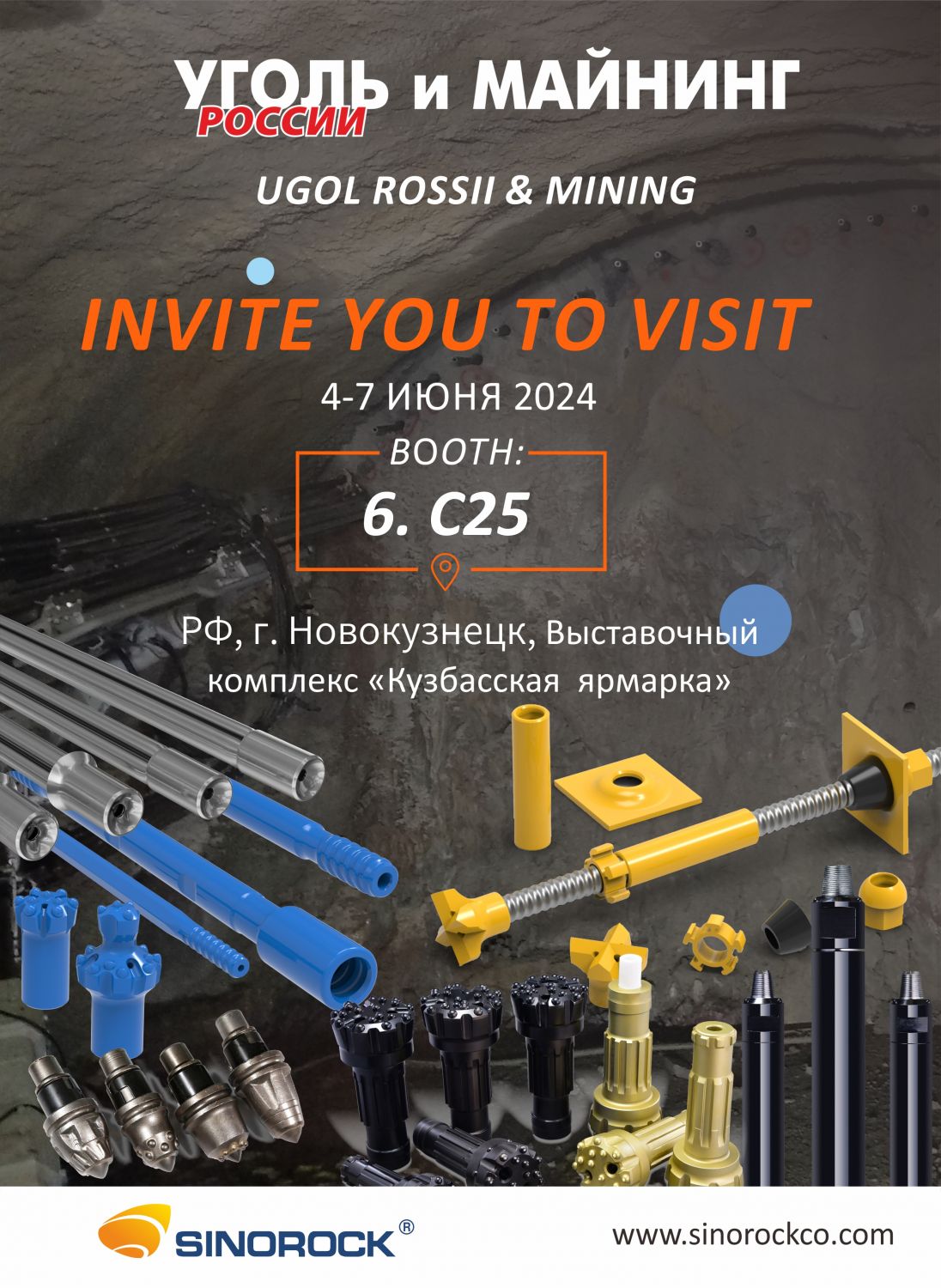
- SINOROCK Gears Up for UGOL ROSSII & MINING 2024 with Custom Mining Solutions
- Time:2024-05-15From:This Site
- SINOROCK is thrilled to announce its participation in the highly anticipated 32nd International Trade Fair for Mining Technology, UGOL ROSSII & MINING 2024. The event will take place at the Exhibition complex "Kuzbass Fair" in Novokuznetsk, Kemerovo region - Kuzbass, Russia, from June 4th to 7th, 2024.
- View details
 Download
Download 


